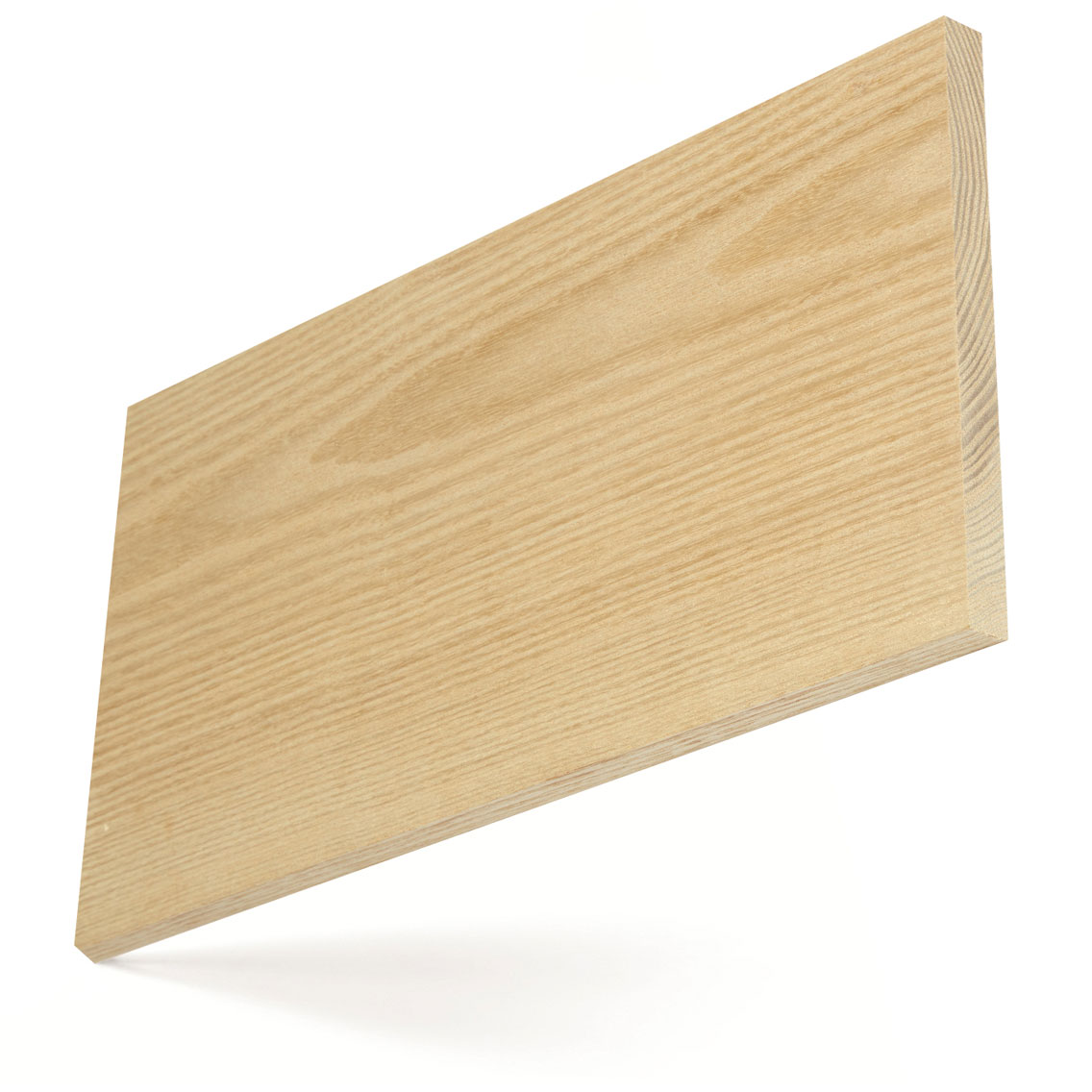American sassafras
American sassafras is a medium sized aromatic tree important to wildlife and the perfume industry.
Latin Name
Sassafras officinale
Other Common Names
red sassafras, golden elm, cinnamon wood

Forest Distribution
American sassafras trees grow small in the north and tend to develop pockets around parent trees. They are distributed throughout the eastern, central and southern USA and as far west as eastern Texas in natural hardwood forests on all types of soil.
FOREST GROWTH
Forest Inventory Analysis (FIA) data shows U.S. sassafras growing stock is 45 million m3, only 0.3% of total U.S. hardwood growing stock. American sassafras is growing 527,000 m3 per year while the harvest is 480,000 m3 per year. The net volume (after harvest) is increasing 47,000 m3 each year.
LCA Tool
seconds
Material Availability
Sassafras lumber from the USA is rarely available and only in limited volumes mainly from southern producers. Check with suppliers for grades available for export. Veneer may also available from specialist suppliers.
Wood Description
The heartwood of sassafras is pale to dark brown but often golden in colour. It is a soft light flexible wood. The grain may be interlocked, can be straight but is often wavy and can produce a highly attractive fiddleback pattern. The wood may have a coarse or fairly fine texture and the grain has an ash-like appearance and resembles chestnut.
Mechanical Properties
Sassafras is medium in hardness and shock resistance, but low in stiffness. It is has good bending qualities and is easy to turn on the lathe.
-
0.42
Specific Gravity (12% M.C.)
497Kg/m3
Average Weight (12% M.C.)
8.2%
Average Volume Shrinkage (Green to 6% M.C.)
62.055 MPa
Modulus of Rupture
7,722 MPa
Modulus of Elasticity
32.820 MPa
Compressive strength (parallel to grain)
2,802 N
Hardness
Oiled / Un-Oiled Appearance


Performance
- Sassafras machines and works reasonably well, but tools should be kept sharp. It requires pre-boring for nailing and holds screws well. The wood glues very well and stains and polishes with care to a good finish. It requires care in drying as it has a marked tendency to check and cup. It has moderate shrinkage and little movement in performance.
- The wood is resistant to heartwood decay and is moderately resistant to preservative treatment.
Main Uses
American sassafras, growing in natural forests in the USA, is considered highly suitable for several aromatic uses including staves for buckets and some furniture.